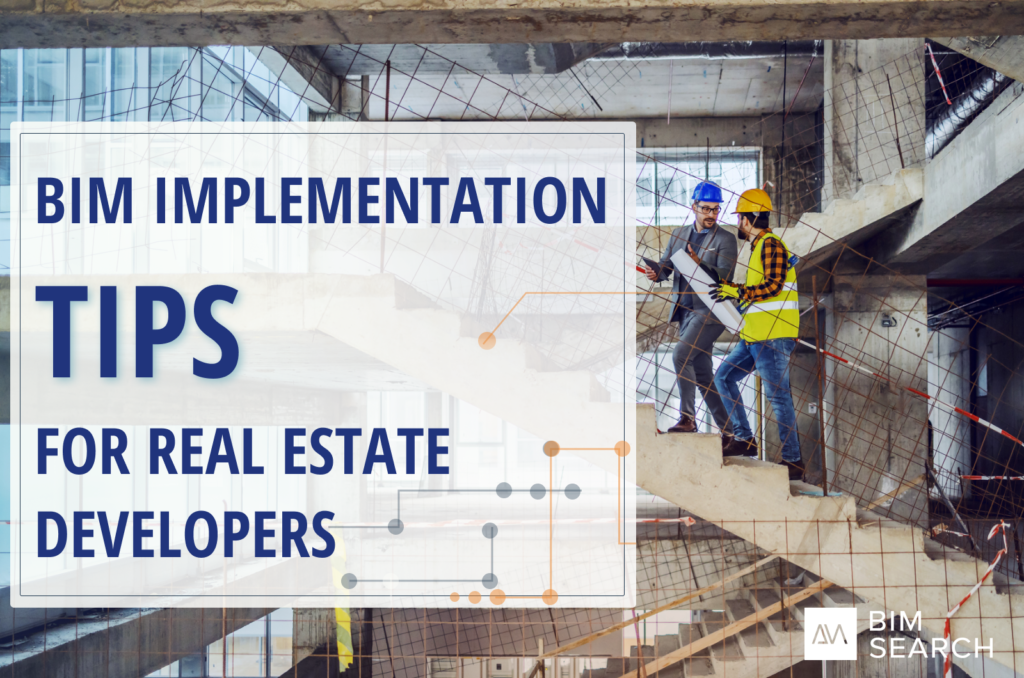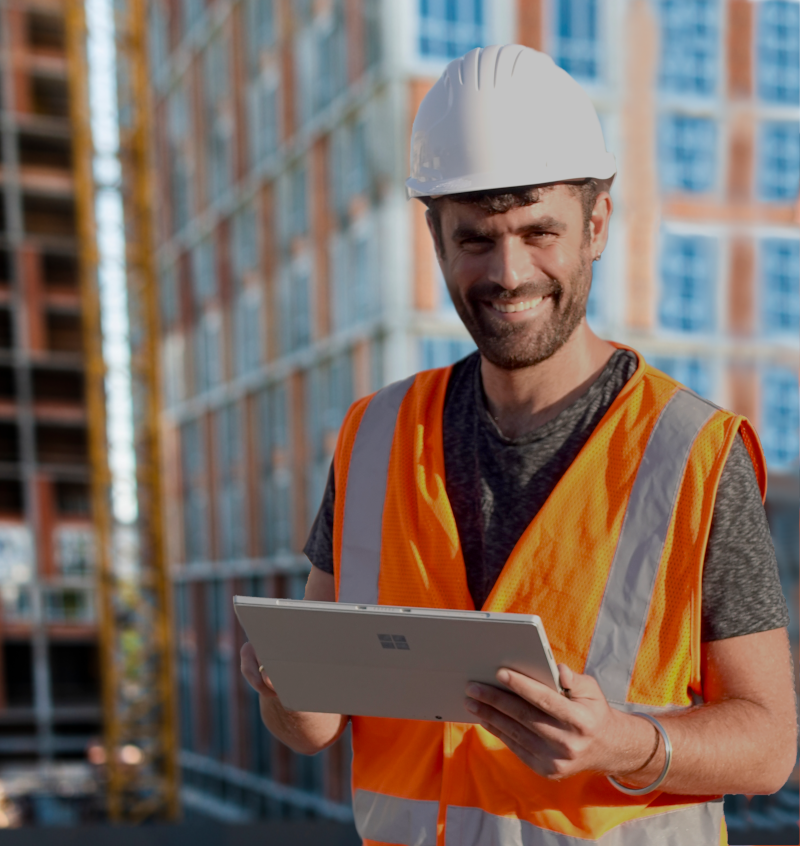


In their simplest form, a virtual 3D model of an object can be considered a digital twin. However, in order to really understand their potential, a much more complex definition is needed. For example, Sacks et al (2020) define digital twins as “up-to-date digital representations of the physical and functional properties of a system”. This definition touches on the three main features that make digital twins so exciting:
These factors take the reach of digital twins far beyond a straightforward 3D model.
Digital twins are currently used in a number of different fields, for various purposes. As with so many emerging technologies, digital twins were developed as part of aerospace research, but are now used in fields as diverse as manufacturing, healthcare, and retail (AI Multiple Research).
One of the most commonly cited examples of digital twins in industry is General Electric’s (GE) digital wind turbines (see emerj.com for a recent overview of current practice), whereby GE uses digital twins to optimise turbine placement as well as for predictive maintenance.
In sectors such as manufacturing and retail, digital twins are useful in testing different variations of products, to test varying costs or the complexity of the development process for different products. They can also be used to predict the success of a certain product, or its longevity under different circumstances. Machinery can also be monitored via digital twins in order to foresee repairs and schedule any necessary down-time to reduce impact on the production line.
While digital twins are very useful in these sorts of practical situations, digital twins can also be used in more abstract applications, to, for example, analyse how shoppers might move around a shop floor, how a stock market will react under different circumstances, or even which treatment would be best for a patient, given their DNA, environment, and personal habits.
Given the variety of uses, it doesn’t take much to see the potential for digital twins in the construction industry. Digital twins can help with the design stage by modelling potential structural weaknesses or costly impracticalities. Site logistics can be streamlined, be it delivery of materials or the construction timeline. Sacks et al, in fact, develop a complete workflow frame for construction, using digital twins.
It is easy to assume that Building Information Modelling (BIM) provides a digital twin solution for construction. However, in and of itself, BIM is not an example of digital twins. As with any program or application, BIM must be integrated with complementary software and workflow in order to be fully utilized as part of a digital twin implementation.
It is in this process that the construction industry has a lot of work yet to do. The past decade has seen a significant rise in the use of BIM as part of the construction industry, with many countries and companies using 3D modelling as an alternative to 2D plans as standard. However, so much of the potential of BIM–including as part of a digital twin workflow–remains untapped. Some small additions and good working habits are all that it takes to realise the potential of BIM.
Imagine: modelling the building construction in advance, identifying structural weaknesses or errors, optimising the building schedule, avoiding logistical conflicts, updating the budget in real time…the possibilities are endless. And, of course, perhaps most exciting, every project managed in this way informs future projects. The amount of data generated by a construction project is immense, and mostly wasted. A workflow that takes advantage of this data and consistently utilises it will only improve project after project after project. New buildings and infrastructure will be constructed faster, more safely, and with much less waste.
As Greif, Stein and Flath concisely summarise: “Leveraging new information sources for the redesign of core business processes drastically increases the complexity of operational decision-making”. Let’s bring construction fully into the 21st century.
Join thousands of professionals who use BIMSearch to boost their productivity
© 2021 AMEC Tech - All rights reserved
